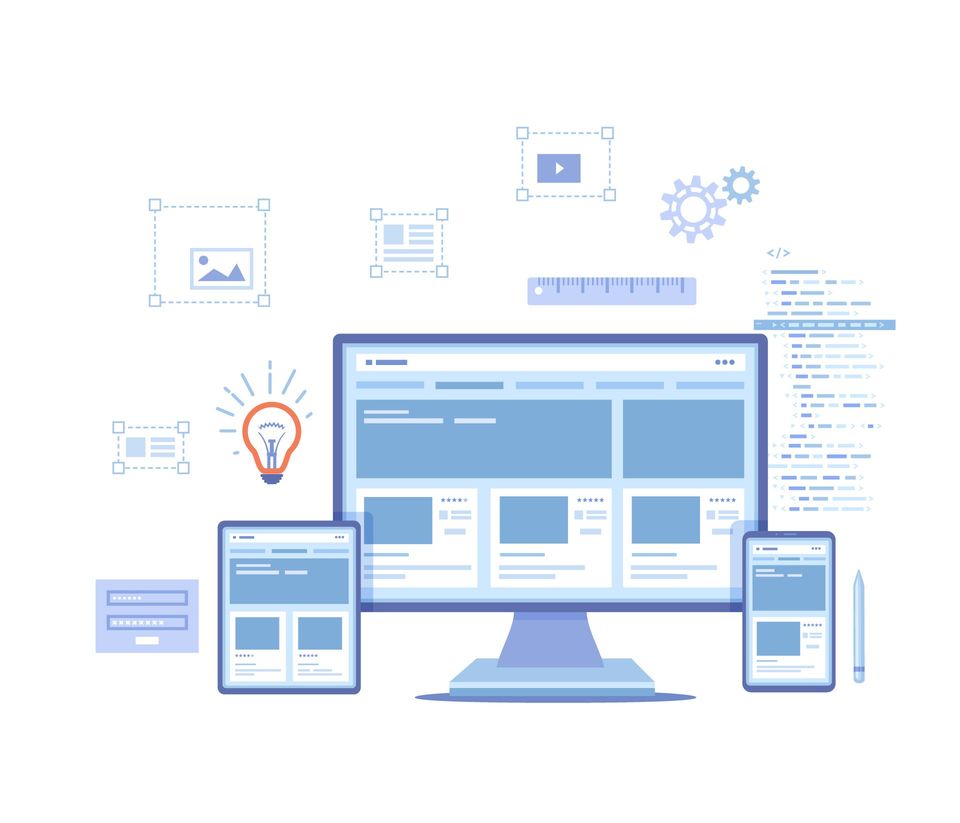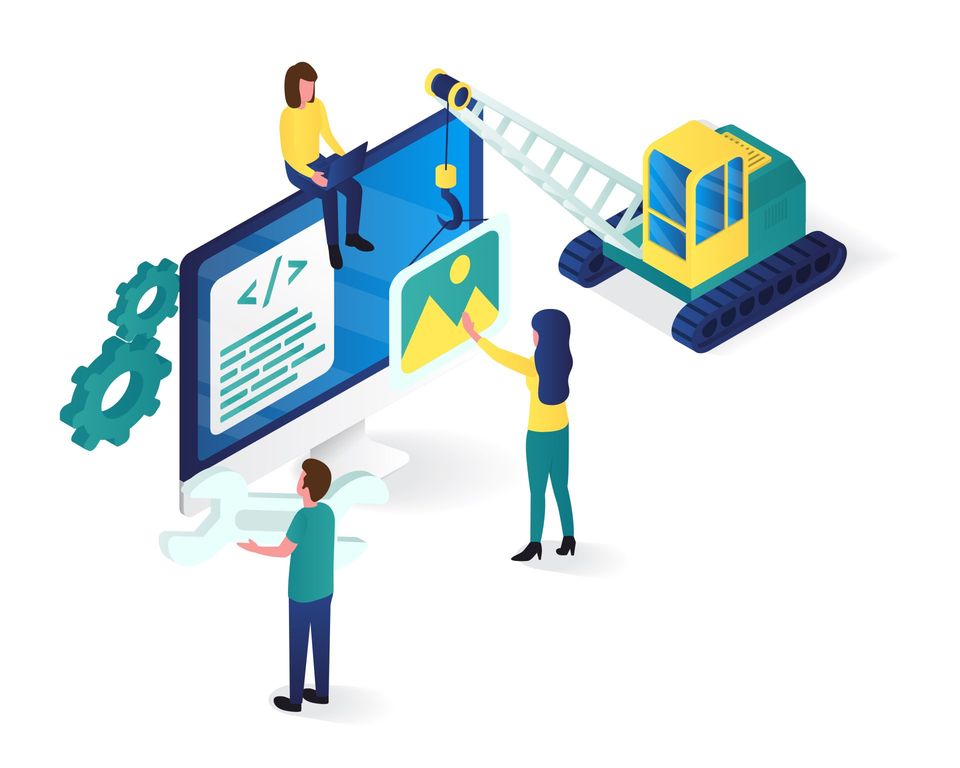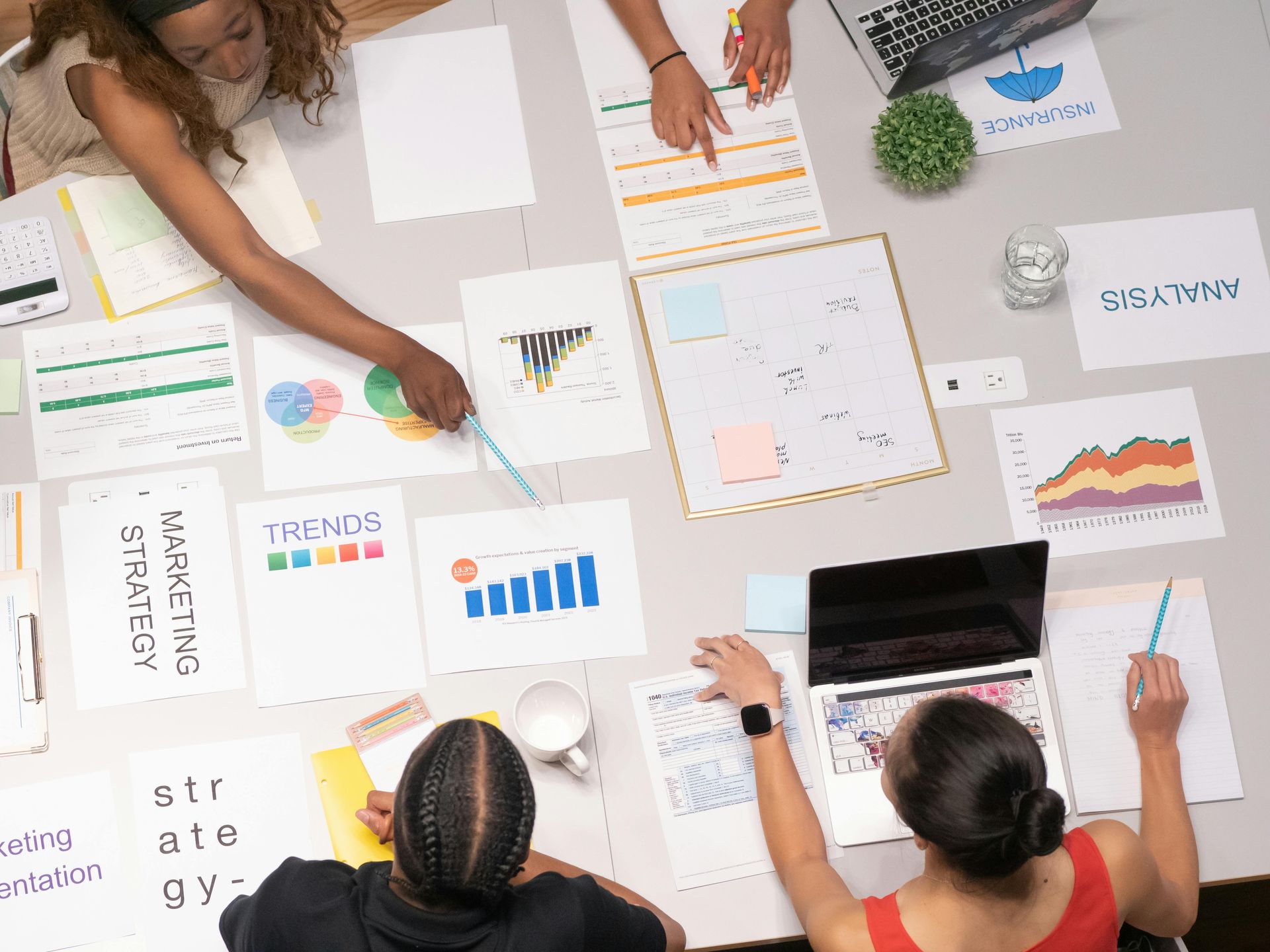Web design trends for 2020-21
Ever look at a website and think it looks old or out-of-date?
Web design is a key part of a potential customer’s first impression of your business, and great design can help you increase sales. But you have to stay up-to-date!
Web design trends evolve and change rapidly and today’s out-of-date was probably cutting edge four years ago. If you haven’t reviewed and updated your website design for two or three years, it is probably due for a refresh.
Some trends will always be popular, like minimalist pages with large images or pages with lots of white space. But other trends come and go. Some will work for your business and some won’t, but it is worth checking them all out to make sure you are moving with the times.
So what are the web design trends for 2020 and 2021?
*We know that web design is about so much more than the appearance, but we’re just going to focus on appearance in this post. We will look at the functional stuff elsewhere.

Perfectly imperfect illustration
Asymmetric layout
For a long time, website designs have been based on a grid. It makes it easy for a user to read and to focus on the key elements – but it also means a lot of websites look very similar.
Asymmetry, just like the hand drawn illustrations, will make your site a bit different and add some fun. Of course it is still important to make sure that your page is easy to read and navigate. The eye will always be drawn to the largest elements of the page, so a designer simply needs to increase the size of the areas you really want visitors to focus on.
Dark mode
Dark mode (basically a black screen with white text or a subtle variation of that) looks modern and effortlessly cool. It’s great for making colours and designs stand out to give truly dynamic design.
But it’s also practical too – it’s easier on tired eyes in low light conditions which have been staring at a screen all day.
White space
White space isn’t a new trend and it is likely it won’t be going anywhere soon. White space is about leaving space on your site/ page and giving it room to breathe. It is more relaxing and less overwhelming for visitors, as content stands out better and is easier to read and digest.
Interestingly, white space doesn’t have to be white. It can be any colour. It is just about leaving sufficient space between the elements on your page.
3D design
3D website design is a way of bringing your products and brand to life like never before.
3D design will always attract visitors – and get them to stick around for longer. While it was an expensive option in the past, the price tag is coming down and is making it more accessible for smaller companies to integrate into their web design.
Creating depth
If you don’t want to go the whole hog with 3D design – or it is still a bit pricey for your needs – you can create depth with shadows and floating elements on your page. Soft shadows and floating elements can be used with graphics, text and photos and give a toned down 3D appearance, helping to bring your page to life.
These additional design elements will help your site stand out when compared to your competitors’ classic flat web designs.
Colours that glow
Duotone (two colour) colour schemes have been popular in web design for a few years now. They are a great way of reinforcing brand identity and to liven up a sometimes pretty basic design.
Duotone keeps reinventing itself and, this year, the colours are getting brighter and braver. With the trend for dark mode, neon blues, pinks and purples almost glow in the dark. Using duotone, you can transform almost any image to fit with your company’s branding.
But make sure you look into the psychology of colour before making any big changes to your colour palette. Some colours just won’t work for certain brands, products and services – and most importantly their customers.
Mix it up
Don’t think you need to stick with all photos or all graphics on your page – combining the two will create a really customised message. Your photos can be of products or people and should support your branding to make your site stand out from the crowd.
Use your own original graphics on top of real photographs (rather than the stock images everyone uses) to create visuals which are memorable. Mixing elements together can help you bring bland-looking product photos to life or help communicate more complicated messages.
Minimalist design and navigation
We’ve all got used to looking at websites on smartphones, but now people are starting to look at them on smartwatches too. A smaller screen means a much simpler site is needed.
A picture says a thousand words, and images should be big, beautiful and powerful - and able to get your message across.
Large images and a minimum of text are combined with minimalist navigation to help users get around a site easily. The less time they have to think about how they navigate your site, the more time they will spend on it.
It’s important to review and refresh your website design every few years. Not all of these trends will be right for every brand, but it is worth considering them, as updating your site’s design can have a positive impact on sales.
If you are looking for a refresh of your site, but aren’t sure where to start, contact our experienced team at Cotswold Web.
More Posts.








